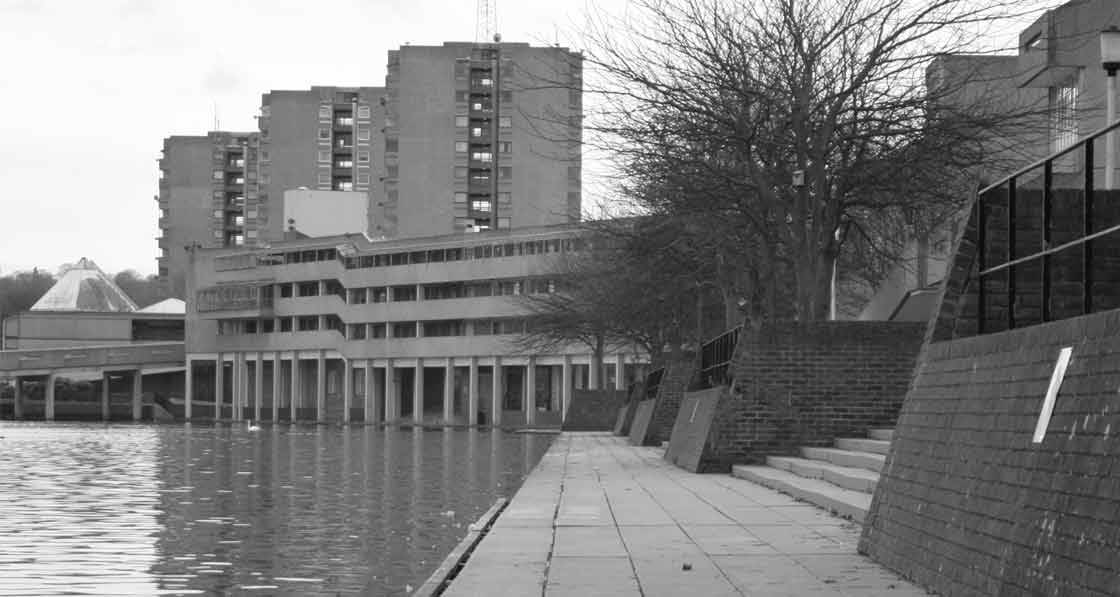
- Blogs
- Posted
Will we really build back better?
As governments rush to jump-start their economies, there is a danger that important lessons for how to retrofit homes will be lost in the rush to build. But there is a better way, writes Dr Peter Rickaby.
This article was originally published in issue 35 of Passive House Plus magazine. Want immediate access to all back issues and exclusive extra content? Click here to subscribe for as little as €10, or click here to receive the next issue free of charge
I wrote in my last column about how lockdown provided a glimpse of a more sustainable future. I also predicted a battle between those who want to put everything back exactly as it was, and those who want us to learn lessons for sustainability. We are now in the battle of the three Bs: for bankers, business bosses and politicians it’s ‘build, build, build’, but for others it’s ‘build back better’. In between there are a lot of people who just want their jobs and social lives back.
In recent weeks I have participated in many meetings, on both sides of the Irish Sea, about how we might use domestic retrofit to create jobs while simultaneously reducing emissions. After more than twenty years promoting domestic retrofit as an essential element of sustainability, with barely a flicker of response in Whitehall and little enthusiasm elsewhere, now everyone wants it yesterday! It’s like waiting for the number two bus in Milton Keynes (which I did often, before lockdown): I stand at the stop for an hour, then three buses come along at once.
In the UK, we have spent ten years and at least £20 million learning how to do domestic retrofit well: how to identify and manage risks, how to eliminate the performance gap and how to protect the buildings and the health and wellbeing of occupants. Thousands of people have contributed, starting with the Retrofit for the Future and Scaling Up Retrofit competitions, then the Green Deal Communities programme, followed by the Each Home Counts review, the establishment of the TrustMark quality assurance framework and the retrofit standard PAS 2035, and recently the retrofit supply chain pilots and the government’s whole house retrofit competition. In Ireland, the deep retrofit pilots also taught us a lot.
Along the way we have had some disasters: in Glasgow, Edinburgh and Preston, at Grenfell Tower, and in thousands of homes ruined by inappropriate or poorly installed insulation. All this work, money and misery have taught us how to deliver good retrofit, but not much about how to do it at scale. If we are to retrofit nearly thirty million homes, well-managed processes are going to be as important as good designs and specifications.
Imagine how exhilaration turned to horror when I learned first that the UK Government has allocated £1.5 billion to creating jobs for unemployed workers by insulating between 150,000 and 600,000 homes by March 2021, and then that the industry is lobbying to relax or abandon the quality assurance framework for the sake of speed and profit. As I write, the argument goes on. By the time this is published we will probably know how it turned out, but if ministers give in to the temptation to dilute hard-won standards then it will be down to them when it goes wrong for householders.
What is disappointing about this episode is that even after throwing nearly £3 million into improving standards and managing risks, some people in the UK government still seem to think that retrofit is an easy process that they can use to create jobs simply by throwing money at it. In reality, retrofit is complex and risky, and they are gambling with people's homes and lives.
We are told that there may be more to come for retrofit in 2021, on a larger scale. Many friends and colleagues in the UK and Ireland are now working on proposals for national domestic retrofit programmes, and they are including the latest standards. Two interesting ideas have emerged from this work.
The idea is simple: lead with ventilation, before improving the fabric.
The first idea springs from the lack of skilled capacity in the retrofit industry, and the need to allow time for training before we deliver at scale. The point is that the quality of retrofit reflects the quality of the original assessment of the dwelling. The idea is to separate assessment from the rest of the process and deliver free or subsidised whole-dwelling assessments, improvement option evaluations and retrofit plans. These assessments, running ahead of retrofit itself, would engage households, provide knowledge of the stock, establish a pipeline of work to encourage investment and finance, and allow time for retrofitters to be trained.
The second idea springs from two maxims: ‘fabric first’ and ‘no insulation without ventilation’. Improving the building fabric, to reduce demand, before moving on to decarbonise and improve the efficiency of building services, has always made sense. Now, with so many uncertainties about 2050 (will the electricity grid be completely decarbonised? will we have affordable batteries? how far will low-carbon heat networks penetrate?) fabric first makes even more sense – but not without ventilation.
It is essential when insulating to replace lost infiltration and ensure good indoor air quality by improving ventilation. In the age of Covid, ventilation looks even more important. Effective ventilation also deals with the condensation, damp and mould (CDM) problems that many homes suffer from, which insulation alone will not fix. So the idea is simple: lead with ventilation, before improving the fabric; make homes safer for installers and deliver immediate improvement by eliminating CDM first.
This approach was successful at Thamesmead in south-east London, the Northern Ireland Housing Executive is trying it in homes outside Derry, and the same approach is about to be applied to several hundred mouldy flats in south London.
Domestic retrofit has a long way to go, and we may have more disasters, but in the UK we now have the quality assurance framework and technical standards to avert them. Insisting that those standards are applied will help to improve our housing and protect the health and well-being of residents.



